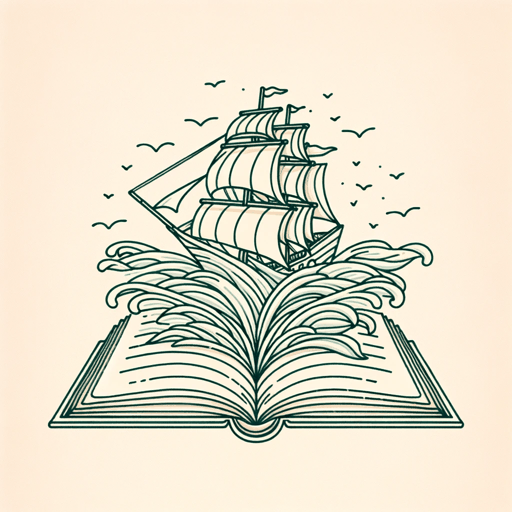18 pages • 36 minutes read
Emily DickinsonThere is no Frigate like a Book
Fiction | Poem | Adult | Published in 1866A modern alternative to SparkNotes and CliffsNotes, SuperSummary offers high-quality Study Guides with detailed chapter summaries and analysis of major themes, characters, and more.
Symbols & Motifs
“prancing Poetry”
While the poem focuses primarily on the effects that poetry and literature can have on its potential readers, “There is no Frigate like a Book” also focuses on proper poetic form. The speaker’s reference to “prancing Poetry” (Line 4) suggests a particular attention to the rhythm and meter of a poetic work. Dickinson reflects this attention in the poem’s strict form and perfect iambic lines (See: Literary Devices). The iambic feet (consisting of one unstressed followed by one stressed syllable), meanwhile, mimics the horses’ prance.
Like the “prancing” horses that represent the poetic work, the speaker’s emphasis on poetry’s rhythm is connected with its mobility. Since iambic feet have their stress on the second syllable, they move the poem forward like a series of pulses. This prancing effect is a sonic embodiment of poetry’s ability to move like the horses.
War Machines
“There is no Frigate like a Book” draws a number of symbols from historic and contemporary war machines. The “[c]hariot” (Line 7) is a two-wheeled, open cart typically driven by two or more horses. The cart’s simplicity and light-weight construction allowed it to reach speeds faster than anything on its contemporary battlefield. Dating back to around 2000 BCE, the chariot is most commonly associated with ancient Egypt, Greece, and Rome in the Western imagination.
Related Titles
By Emily Dickinson

A Bird, came down the Walk
Emily Dickinson

A Clock stopped—
Emily Dickinson

A narrow Fellow in the Grass (1096)
Emily Dickinson

Because I Could Not Stop for Death
Emily Dickinson

"Faith" is a fine invention
Emily Dickinson

Fame Is a Fickle Food (1702)
Emily Dickinson

Hope is a strange invention
Emily Dickinson

"Hope" Is the Thing with Feathers
Emily Dickinson

I Can Wade Grief
Emily Dickinson

I Felt a Cleaving in my Mind
Emily Dickinson

I Felt a Funeral, in My Brain
Emily Dickinson

If I Can Stop One Heart from Breaking
Emily Dickinson

If I should die
Emily Dickinson

If you were coming in the fall
Emily Dickinson

I heard a Fly buzz — when I died
Emily Dickinson

I'm Nobody! Who Are You?
Emily Dickinson

Much Madness is divinest Sense—
Emily Dickinson

Success Is Counted Sweetest
Emily Dickinson

Tell all the truth but tell it slant
Emily Dickinson

The Only News I Know
Emily Dickinson

